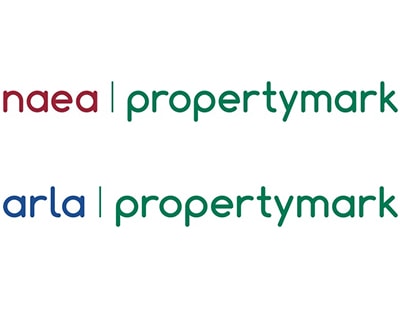A prominent figure in property investment is warning that buy to let is the sector facing the biggest challenges in the current housing market - with possibly more pain to come in today’s Autumn Statement.
Stuart Law, chief executive of the Assetz Group of property lending and investment companies, says: “Potentially declining prices will be of interest to buyers who might have given up hope of finding an affordable home over the last few months. But, these gains won’t markedly change the affordability challenges in our housing market as increased mortgage rates are likely to outweigh anticipated price corrections.
“The biggest challenges by far face buy to let landlords who are seeing asset values decline, while the costs of a buy to let mortgage continue to rise, along with property running costs.
“This compounds the financial issues buy to let landlords have been struggling with for years, and we will likely see more come out of the sector, reducing rental stock and driving up rents for people already facing financial hardship.
“Property investors can still turn a profit from the rental sector and provide much needed housing, at lower rents for tenants, but this is now far easier to achieve through alternative investment models, such investing in portfolios of housebuilder loans which provide a stable monthly income, without the costs or stress of bricks and mortar.
“Across the for sale and rental markets, we cannot tackle affordability and access to housing, or boost business growth in the housing sector, if we don’t build more homes. Along with the nation’s housebuilding community, we will be watching to see if [the] Autumn Statement marries fiscal discipline with a credible approach to supply side reform, both of which are desperately needed to unlock development. If investment zones are to be scrapped, we need to know what’s next, and when.”
Law’s comments come hot on the heels of new data from the government’s Office for National Statistics, showing that average house prices increased by 9.5 per cent over the year to September 2022, down from 13.1 per cent in August.
The annual percentage change slowed this month because UK house prices rose sharply in September 2021, which coincided with changes to Stamp Duty Land Tax. Prices remained broadly unchanged between August and September 2022; this also caused the annual percentage change to slow.
The ONS says the average UK house price was £295,000 at the start of autumn, which is £26,000 higher than this time last year, and unchanged since August. Average house prices increased over the year to £314,000 (9.6 per cent) in England, to £224,000 in Wales (up 12.9 per cent), to £192,000 in Scotland (up 7.3 per cent) and to £176,000 in Northern Ireland (up 10.7 per cent).
Helen Morrissey, a financial expert at business consultancy Hargreaves Lansdown, says the figures show “strong signs of gathering gloom over the UK housing market.”
She particularly suggests that flat prices between August and September this year give a clear indication the cost of living is starting to bite as people continue to tighten their belts in the face of rising costs.
“We can expect to see this continue over the coming months as the heady mix of rising interest rates and the prospect of a deep recession convince people to put off a house move until things look a bit better. This all adds to the tricky dilemma facing would-be house buyers - do they press on with their dream purchase or do they delay in the hope that prices drop?”






/_JeremyHunt%20_400x310.png)








%20-%20IMAGE%20Client%20Accounting%20%E2%80%93%20what%20are%20your%20options.jpg)











Join the conversation
Jump to latest comment and add your reply
What is not stated here is the near daily 'press' barracking landlords and I already have clients that state that for the meagre returns they are simply looking to offload properties and put their finances in the bank. I am afraid politics (more tenants than landlords so therefore more votes from tenants) in my cynical view is doing an awful lot of damage to the sector. The current legislation has more than enough safeguards for tenants and landlrods if it is only enforced properly. The government need to think very carefully about the sector as if there is mass exodus where do the tenants go? In Brighton and Hove my understanding is that there is 17k people on a waiting list for social housing......
Completely agree Stephen as in the main thses propeties will be bought by end users taking rented property out of the system, reducing availability and forcing up rents. The PRS should be and needs to be about 6.5m units today, but peaked at 4.5m in 2016 and has been shrinking ever since. Ergo we have a social housing waiting list of £1.5m+ creating a self fulfilling circle. The more tenants move into the welfare state, the higher taxes need to be to pay for it, so the smaller the PRS becomes, round and round we go to the bottom.
Please login to comment